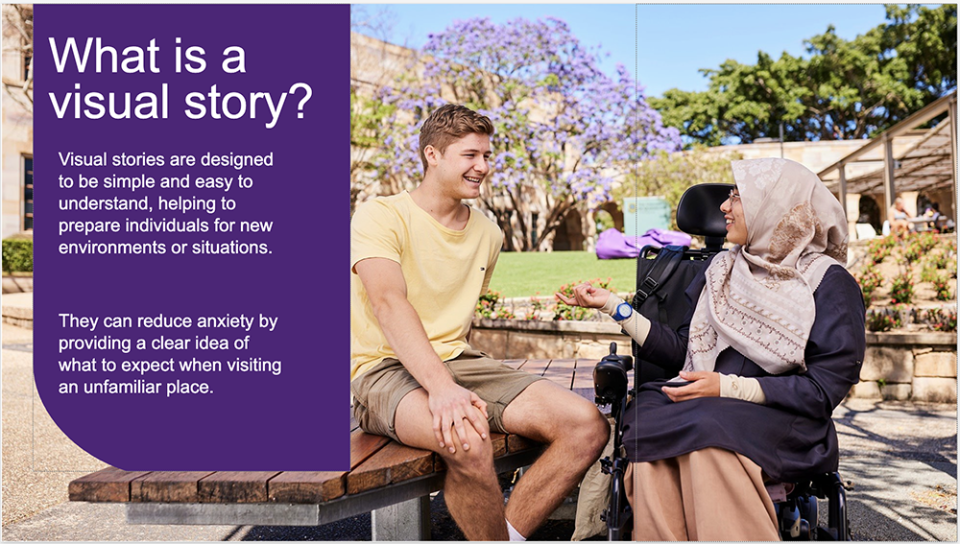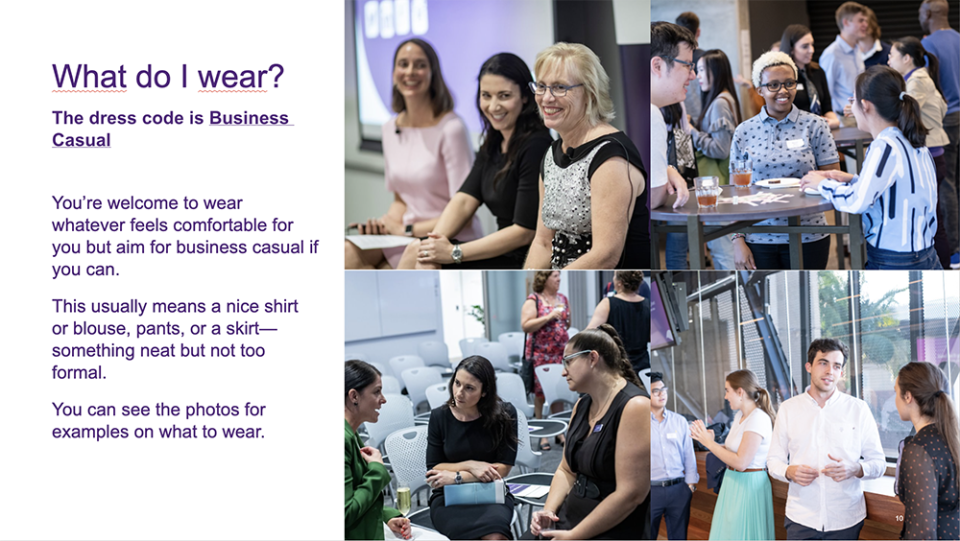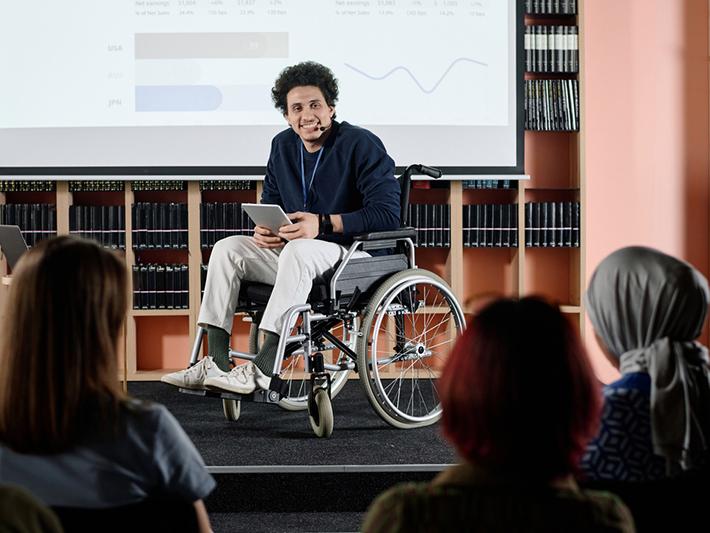
Creating a visual story to demystify the university experience
It’s easy to fall into a panic spiral before doing something new. Will I stand out in a bad way? Will I embarrass myself if I arrive without an elevator pitch? Will I annoy them if I don’t have a plan for the session?
Equally, it’s easy to opt out of something – attending an event, joining a meeting, starting university – that makes you feel uncomfortable or unsure. This misgiving is amplified for those who are neurodivergent or have anxiety, causing many to forgo support or employability opportunities that could impact their success rates.
What if there were a simple way to address these concerns – whether they affect students, staff or other members of the university community – create access for the people who need it, and boost attendance and participation?
- Spotlight guide: Making your campus neurodivergent friendly
- Creating an impactful social group for neurodivergent students
- On the neurodivergent campus, language matters
A visual or social story is a communication tool that helps people understand what to expect in a specific situation. Whether it is a slideshow (see below), booklet, video or webpage, an effective story will provide a clear, step-by-step explanation of an experience, including what will happen, what responses are expected and other relevant details. These tools are especially useful for events such as university orientations, networking sessions and appointments – situations that can be unfamiliar, stressful or overwhelming for many people.

These stories are particularly valuable for individuals with disabilities and those who experience challenges with communication, such as autistic people, those with ADHD or people who live with social anxiety. For instance, someone who is sensitive to certain foods because of sensory issues may need to know before an event whether appropriate food will be provided or if they should bring their own.
However, visual stories are not only beneficial for disabled individuals. Students and staff from diverse cultural backgrounds, or from regional or rural areas, or those who are first in their family to attend university may be unfamiliar with social expectations in certain situations. For example, a visual story with a video walkthrough of an event space can ease the nerves of someone with anxiety who is worried about getting lost in a new city as much as it will help an autistic person who is based locally. Clear images of entrances, seating and accessible facilities can help wheelchair users, parents with prams or those with crutches plan their arrival.
Detailed, accessible visual guides can help university staff and students of all descriptions feel more confident and prepared; even individuals who seem outgoing or experienced can benefit. Visual stories have a high impact for relatively low effort once a basic template is established.
What makes a good social story?
There’s no one right way to design a story, but thoughtful design will make them more effective. Especially when you consider the specific elements of each scenario and your audience. Here are key considerations to help you create one that meets the needs of your community:
1. Understand your audience
Think about who will be attending your event or using your service when creating your social story. Don’t assume that everyone has the same experience or knowledge; university staff, for example, may need a story for a large on-campus conference. Will people need clear instructions or tips on how best to get to the event or appointment (or ways to avoid steep city parking fees)? Common university processes such as booking appointments with advisers may seem simple but can be incredibly stressful for first-timers. Is a section of your audience neurodivergent? If so, consider addressing things such as strong smells, noise levels, the availability of quiet rooms and social expectations.
2. Brainstorm what people might want to know
Put yourself in the shoes of your intended audience. What would you want to know if this were your first time attending? Common useful details include:
- how to get to the venue (including maps and transport tips)
- what to wear (formal, casual, culturally appropriate)
- who will be there (photos, names, roles of organisers, speakers, staff)
- where to go when you arrive
- what the space looks like (images or a video walkthrough)
- the schedule of events
- what is expected of attendees (Will they be required to talk to others? Sit quietly? Participate in activities?)
- who to ask for help or support if needed.
Small things, such as not knowing what to wear, can be the difference between your audience attending or staying home.
3. Ask your audience
Consult widely to understand the diverse needs of your target audience and find out what information they would find helpful before attending. For example, ask participants from international, regional or remote backgrounds or those who are neurodivergent for feedback. As you gain experience creating visual stories, you’ll learn what’s typically needed, but starting with first-hand input is invaluable.
4. Balance detail with accessibility
Be generous with information. People with anxiety or autism often benefit from knowing more, not less. Use different formats – text, images, videos and icons – to communicate your message. Avoid assuming knowledge. At the same time, however, be precise with the information to avoid overwhelm. Organise your information clearly and logically, and use images while being mindful of font size and number of words per page.

5. Create a template
Once you’ve created one strong story, you can repurpose it for future events. Simply update the template with details such as time, location and content. This makes the process even easier over time.
Creating visual stories is a simple yet powerful way to make your events and services more inclusive. By removing ambiguity and demystifying the experience, you’re helping people feel more welcome, more confident and more able to participate fully.
Brooke Szucs is project officer for the UQ Disability Inclusion Advocacy Network, and Ben Roden-Cohen is client services assistant, both at the University of Queensland.
If you would like advice and insight from academics and university staff delivered direct to your inbox each week, sign up for the Campus newsletter.




